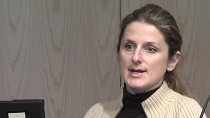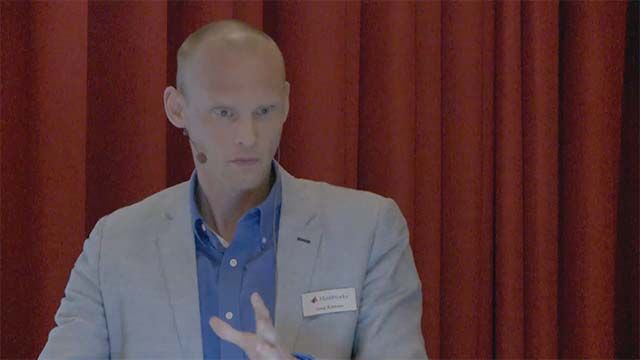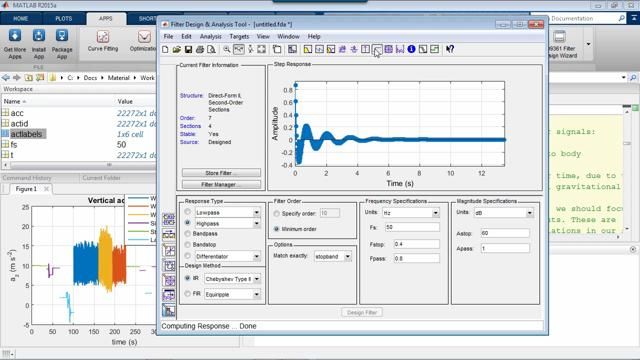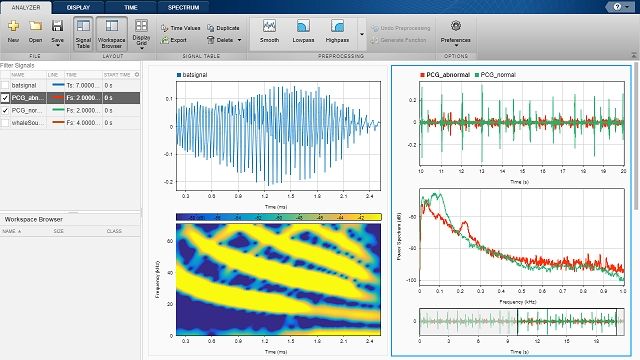Embedded AI for Signal Processing on the Edge
Overview
Modern deep neural networks play a key role in advancing signal processing technologies across many industries and applications.
One of the key challenges for the practical use of AI on edge devices are the requirements for large computational resources, like high-performance processors or GPUs. As the quality and functionality of AI models improve, engineers need to fit increasingly complex models into system designs, while also meeting hard constraints on computational bandwidth and power consumption.
Implementing AI models onto edge devices and low-power processors often requires compressing them before turning them into embedded software. That may include simplifying their structure and adopting low-precision data types to reduce runtime memory and inference times, while retaining high accuracy.
In this webinar, we use MATLAB to follow the main steps involved in taking an AI model from the training data to a lightweight embedded implementation. Using smart acoustic sensing as an example application, you learn how to:
- Identify AI models for signals, either provided with MATLAB or imported from Python frameworks like PyTorch
- Model signal processing and analysis systems including deep networks and DSP algorithms
- Simulate AI-based designs using live signals using MATLAB Apps and Simulink models
- Compress deep learning models, and quantize data types
- Generate embeddable C++ from system design including DSP and deep learning
- Optimize code for specific embedded devices, such as ARM Cortex and Qualcomm Hexagon
About the Presenters
Adam Cook is an Applications Engineering Manager at MathWorks. He manages a team of application engineers focused on Signal Processing, Image Processing, and AI applications. Prior to working at MathWorks, Adam worked as a DSP algorithm developer and design engineer developing professional audio products. Adam has a B.S. in Electrical and Computer Engineering from the University of Rochester.
Matthew Wyant is a Signal Processing Product Manager at MathWorks, where he leads initiatives in the development and marketing of advanced signal processing solutions. Earlier in his career, he worked as a Wright Scholar Research Assistant at the Air Force Research Laboratory, focusing on 3D scanning and rapid prototyping projects. Matthew holds a Bachelor of Science in Electrical Engineering from The Ohio State University.
Recorded: 15 Apr 2025




